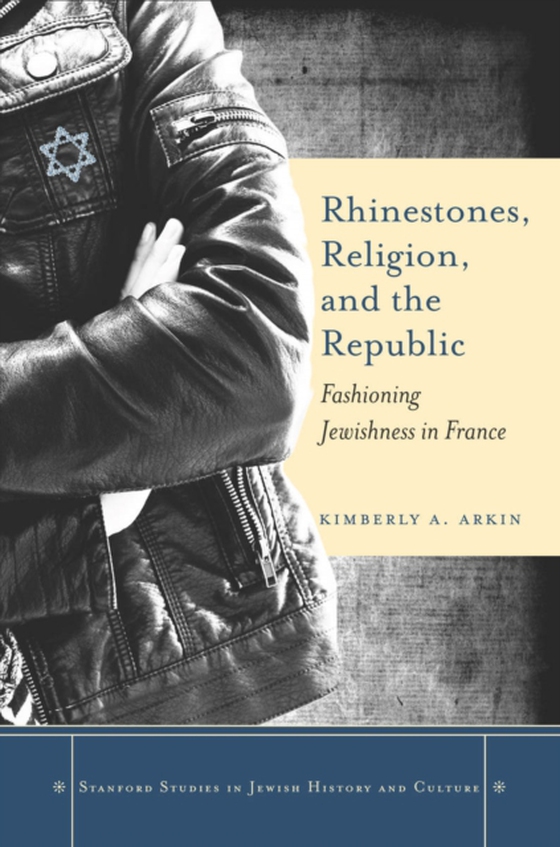
Rhinestones, Religion, and the Republic e-bog
865,79 DKK
(ekskl. moms 692,63 DKK)
During the course of her fieldwork in Paris, anthropologist Kimberly Arkin heard what she thought was a surprising admission. A French-born, North African Jewish (Sephardi) teenage girl laughingly told Arkin she was a racist. When asked what she meant by that, the girl responded, "e;It means I hate Arabs."e;This girl was not unique. She and other Sephardi youth in Paris insisted, again ...
E-bog
865,79 DKK
Forlag
Stanford University Press
Udgivet
18 december 2013
Længde
320 sider
Genrer
JFSR1
Sprog
English
Format
epub
Beskyttelse
LCP
ISBN
9780804787901
During the course of her fieldwork in Paris, anthropologist Kimberly Arkin heard what she thought was a surprising admission. A French-born, North African Jewish (Sephardi) teenage girl laughingly told Arkin she was a racist. When asked what she meant by that, the girl responded, "e;It means I hate Arabs."e;This girl was not unique. She and other Sephardi youth in Paris insisted, again and again, that they were not French, though born in France, and that they could not imagine their Jewish future in France. Fueled by her candid and compelling informants, Arkin's analysis delves into the connections and disjunctures between Jews and Muslims, religion and secular Republicanism, race and national community, and identity and culture in post-colonial France. Rhinestones argues that Sephardi youth, as both "e;Arabs"e; and "e;Jews,"e; fall between categories of class, religion, and culture. Many reacted to this liminality by going beyond religion and culture to categorize their Jewishness as race, distinguishing Sephardi Jews from "e;Arab"e; Muslims, regardless of similarities they shared, while linking them to "e;European"e; Jews (Ashkenazim), regardless of their differences. But while racializing Jewishness might have made Sephardi Frenchness possible, it produced the opposite result: it re-grounded national community in religion-as-race, thereby making pluri-religious community appear threatening. Rhinestones thus sheds light on the production of race, alienation, and intolerance within marginalized French and European populations.
 Dansk
Dansk

